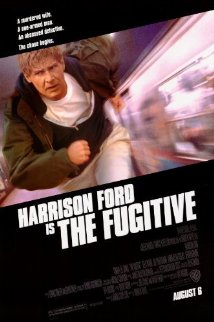Inspired by Friday’s opening of Monsters University (2013) (the prequel to Monsters, Inc. (2001)), here are some of the energy elements portrayed in the original movie, released over a decade ago. If you’ve watched the Energy at the Movies pilot on PBS, many of these points will be familiar.
The monsters in the movie work at a factory akin to a power plant operated by a major utility named Monsters, Inc. However, instead of conventional fuels, they use “clean and reliable” scream energy to operate appliances, automobiles, lightbulbs and so forth. The CEO’s last name is Waternoose, a nod to Westinghouse. Monsters, Inc. has advanced technologies (such as miniature storage containers that store the scream energy and look like advanced metal oxide designs for storing hydrogen gas), virtual simulation labs for advanced training (similar to the 3-D training pods used by modern drilling companies), and smart-grid-like data controls on the production and distribution of the energy. They also have slick promotional campaigns on television that portray the company as a good neighbor and a central part of modern society in the city of Monstropolis. These campaigns bear quite a resemblance to real world energy campaigns.
The movie shows some dark sides of energy. The entire premise of the movie is that monsters in our closets scare human children to capture energy from their screams to power the city. The movie seems to be casting a judgment that it is easy for a population to turn a blind eye to the exploitation of innocent resources.
A nod to the 1970s oil crises is made in the form of a “scream shortage” necessitating a society-wide conservation effort. This effort leads the two main protagonists (voiced by Billy Crystal and John Goodman) to walk to work instead of driving their energy-hungry sports car.
The movie also refers to concerns about peak oil: the company’s television ad notes that kids are getting harder to scare; therefore, advanced technologies are needed to get the same amount of energy as before. This logic is similar to the fact that it is getting harder to produce oil (as the easy oil has already been produced) and so more sophisticated technologies are now required to extract the resource out of the ground.
Despite these problems, the movie closes with an optimistic and uplifting solution. It is discovered through the movie’s events that laugh energy is 10 times more powerful than scream energy. And so by entertaining the kids instead of scaring them, they can get a whole lot more energy to take them farther.
Interpreting this movie allegorically, the children represent the earth, the screams represent fossil fuels, and the laughs represent renewable energy. This movie is saying that partnering with the earth (the child) to get its laughs (renewable energy) instead of torturing the earth to squeeze out its screams (fossil fuels) will be better for the earth and for us. Not bad advice.



 Hydropower Saves The Fugitive
Hydropower Saves The Fugitive